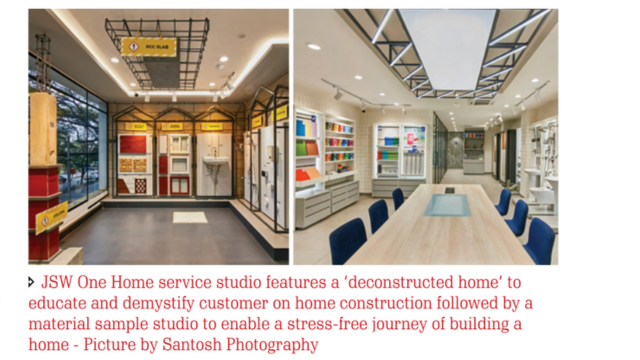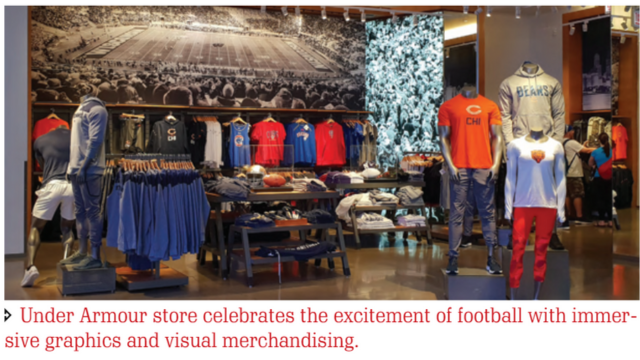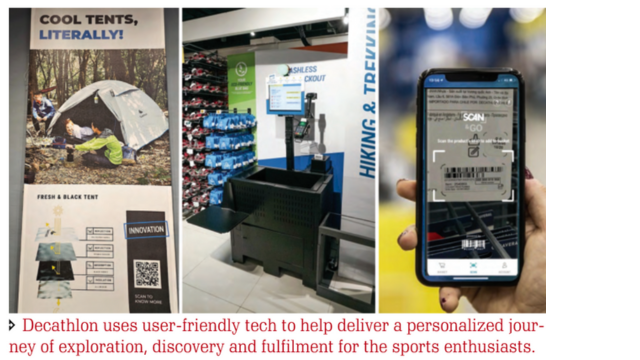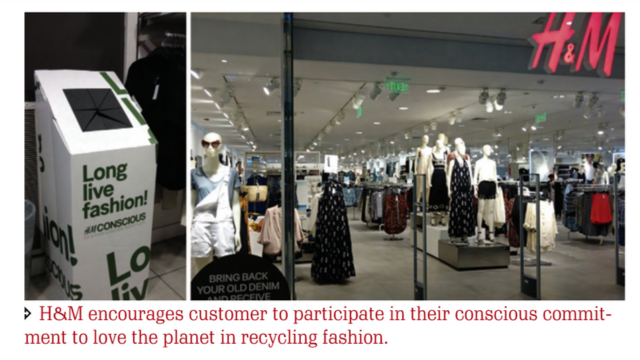Positive Shopping Experiences: The Journey is Expected to Be Just as Enjoyable as the Destination

Bán lẻ
55 tuần trước — 5 phút đọc
Today, the role of a store, from a consumer view, is not just about selling products; it's about creating meaningful connections and delivering value beyond conversion. From a brand view, it is about creating differentiation in a crowded marketplace that consumers remember, recall, and return to. However, random initiatives to try and engage with technology and ‘entertainment’, to the purposeful shoppers, can be a meaningless distraction that can only be celebrated in presentations in competitive management meetings. Today, the need is to deeply understand people’s real needs and motivations in a shopping journey and provide an intelligent ‘Lagom’ (A Swedish concept that means ‘just enough’) experience that delivers a positive experience that fosters loyalty and advocacy. Studies and insights have shown that there are about six obvious ‘consumer demands’ that make this happen.
Be People Centric
The Goals (life objectives sought in the relationship with the brand), Gains (product benefits offered by the brand) and Pains (the friction in the retail experience) need to be understood to curate a meaningful journey. Retail environment design needs to be empathetic to people to enable ultra ease in physical, mental, and emotional engagement. We call this ‘humanization’ where both technology, psychology and ergonomics converge to optimize people’s goals and gains while resolving their pains.

Be a Storyteller
This is a creative tool to deliver a relatable and memorable message usually from a brand and its offerings. It is an established fact that humans are set up to understand stories more easily compared to logical data. This makes storytelling a no-brainer tool to create an enjoyable and destressing journey, very essential for deeply involved buying. This helps take the brand to enable enjoyable conversations and emotional connections to fructify into delightful conversions.

Empower People
In a world powered by self-help apps and AI, the biggest service a brand can offer in their environment to a customer is the choice of information, insights and engagement and enabling them to personalize it to suit their own needs. The more inclusive this is designed, for example powered by a web-based program versus by an app that must be downloaded, the less friction it creates in being enjoyed by a wider group leading to more acquisition and retention of its target audience.

Make Opinions Matter
Social proofing is a human psychological phenomenon where people make decisions based on the actions and opinions of others. This builds trust and credibility, increases conversions, and overcomes scepticism and doubt in products and services. Seeking opinions and ratings has become a natural human behaviour when evaluating just about anything for today’s digital native consumer. This makes the adoption of social proofing in physical retail environments a necessity to stay relevant in a highly competitive marketplace.
Take a Break
High-energy retail spaces can create excitement and draw attention, but they can also overwhelm and exhaust shoppers. This necessitates the balancing of energy and engagement with relaxation to ensure a joyful experience in the store journey. A break with relaxing hospitality or infotainment can help brands build genuine relationships with shoppers which result in precious brand loyalty.
Love Your Planet
The greatest threat to our planet is the belief that someone else will save it. The need for reputation, reliability and regulations is gaining ground amongst today's consumers who are committed to saving the planet. Brand aligning with this trend, a commitment that needs intense institutionalization, will reap the benefits of preference, increased loyalty, and positive brand perception in the future to come.

Finally, the customer of today clearly opines that the ultimate shopping experience is beyond tech enabled high octane engagement and persuasive conversions. It is a humanized balance of personalisation, convenience, engagement, and sustainability enabled by just the right technology to create meaningful interactions and build genuine long-lasting relationships.
Also read: Enhanced Brand Storytelling in the Digital Age
Article source: STOrai Magazine. The author is Surender Gnanaolivu. He has over 20 years of experience in curating retail experiences, store planning & design, retail marketing, visual merchandising, store development, phygital retail technology, training, writing, and speaking.
Disclaimer: The views and opinions expressed in this article are those of the author and do not necessarily reflect the views, official policy or position of GlobalLinker.
Xem trang cá nhân của STOrai
Các bài viết khác được viết bởi STOrai Magazine
The Art & Science of People Pleasing in Retail
25 tuần trước
Enhanced Brand Storytelling in the Digital Age
57 tuần trước
Đọc nhiều nhất trong tuần này
Xu hướng
Get Efficient at Taking Decisions
Lãnh đạo & Quản lý 22 tuần trước
The Art & Science of People Pleasing in Retail
Bán lẻ 25 tuần trước
Khởi nghiệp 25 tuần trước














Bình luận
Chia sẻ nội dung này
Vui lòng Đăng nhập hoặc Đăng ký để tham gia bình luận